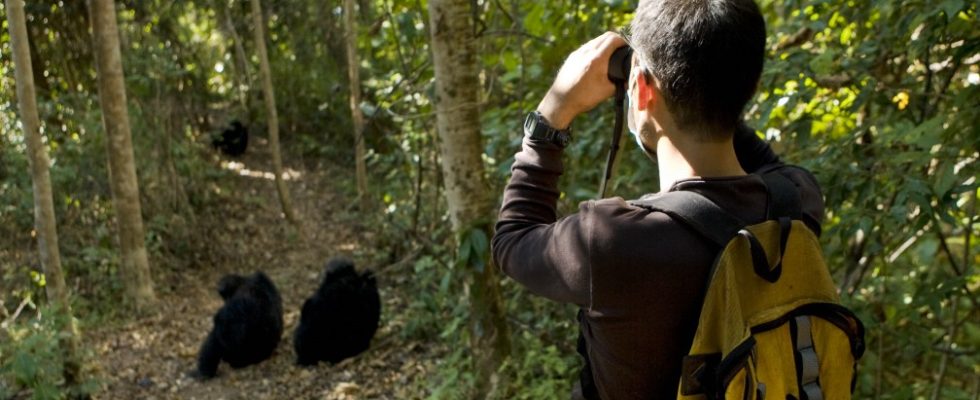Ebola, bird flu and HIV viruses are prominent examples: The pathogens circulated in animals until, at a favorable opportunity, they spread to humans and triggered disease outbreaks and even massive epidemics. Such opportunities are becoming more and more common because people are penetrating deeper into nature, destroying animal habitats, or bringing exotic animals closer to people through trade.
What is much less known is the fact that viruses can also take the opposite route: humans also transmit pathogens to animals. A tragic example are Infections of chimpanzees in a national park in Tanzania. It is very likely that visitors introduced the respiratory pathogen, metapneumovirus, which then spread among the monkeys. At least nine animals died.
British researchers are now presenting a paper that suggests that infections from humans to animals, known as anthropozoonoses, do not only occur occasionally. They are probably even more common than the other way around, they write in the journal Nature Ecology & Evolution.
The scientists from University College London and the Francis Crick Institute analyzed almost 59,000 virus genomes from public databases. They included 32 virus families associated with 62 different vertebrate species.
In this genome, the researchers found a total of around 3,000 signs that the viruses had spread to a new species. Most of these changes occurred between different animal species; Humans were involved in almost 600 cases. The jump from human to animal seemed to have occurred in 64 percent of cases, almost twice as often as the other way around. The researchers most commonly identified spillovers to animal species in Sars-CoV-2, the pathogen that causes Middle East Respiratory Syndrome (Mers), and type A influenza viruses.
The authors argue that virus surveillance should pay more attention to anthropozoonoses. When animals become infected with human viruses, “not only can it cause harm to the animal and potentially pose a threat to the conservation of the species, but it can also cause new problems for humans,” says lead author Cedric Tan in a press release.
“Humans are just one node in a vast network of hosts”
Viruses that conquer new hosts can develop new properties there. If they then get back to humans, they could be more contagious or cause more illness. The pathogens can also find permanent hiding places in animals, undermining efforts to eradicate disease. They can also affect the supply of food, for example if large numbers of animals have to be culled due to epidemics.
The scientists caution that their picture is not complete. There are so many gaps in the genomic monitoring of viruses that their analysis probably only scratched the surface. If more viruses were discovered and sequenced, different results would be possible. In addition, the collections of viral genomes that they used were very concentrated on pathogens that are of particular interest to humans. And yet, even in this sample, 80 percent of all spillover events occurred between different animal species. The exchange of viruses in the animal kingdom is therefore probably greatly underestimated.
Ultimately, says co-author and epidemiologist Francois Balloux, humans should not be viewed so much as victims of animal viruses, but rather as “just a node in a vast network of hosts that endlessly exchange pathogens.” What happens can be devastating for everyone involved.

